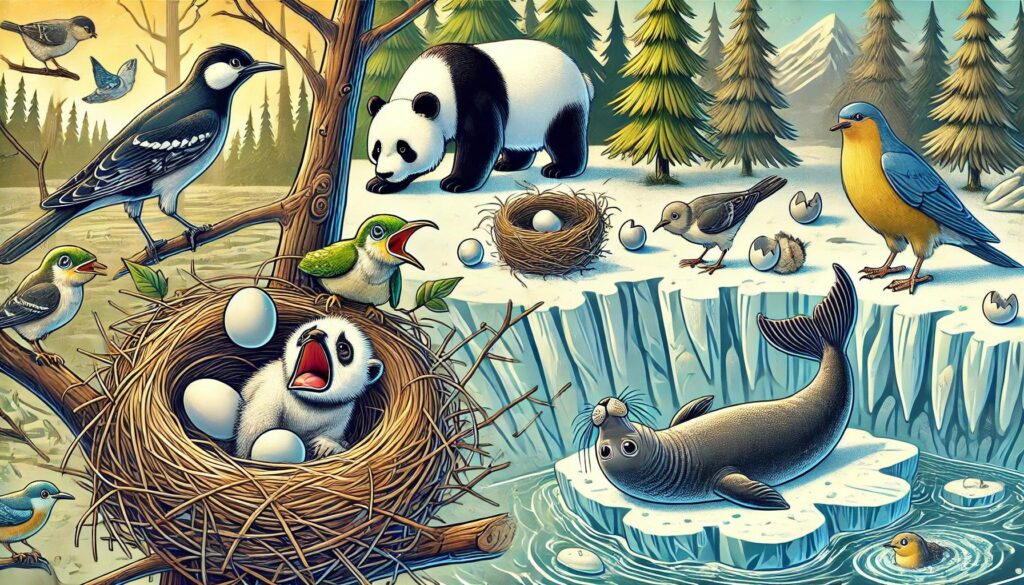
Concept Photo by Michael Gitter
There are some doozies of animal parents out there. Check out 14 of the worst ones we found.
1. Pigs
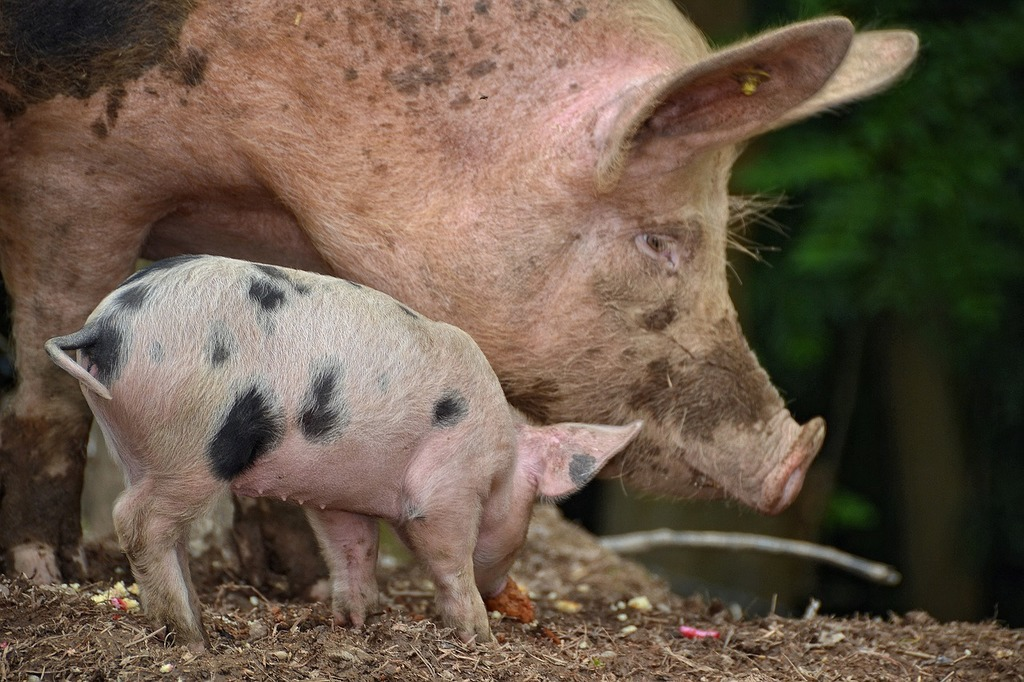
PICRYL
Pig moms, also called sows, face a unique parenting problem—they sometimes accidentally crush their piglets. Sows are large and heavy, and when they lie down to rest, a small, unaware piglet can easily get trapped underneath. While this is usually unintentional, it’s a risk that comes with the territory of being a piglet. Farmers often use protective barriers or special farrowing crates to prevent this, but in the wild, it’s just another harsh reality of survival.
2. Cuckoos
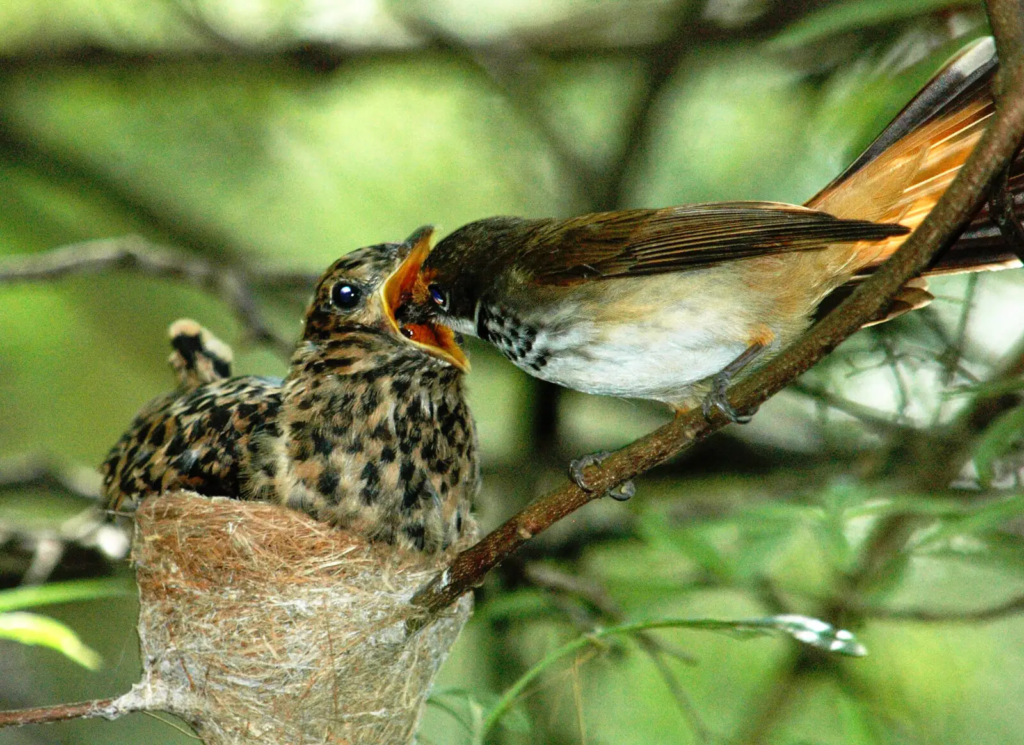
Animalia
The cuckoo bird takes bad parenting to an extreme level—it doesn’t even try to raise its own chicks. Instead, female cuckoos lay their eggs in the nests of unsuspecting host birds. Once the cuckoo chick hatches, it doesn’t just settle in peacefully. Oh no. The chick will often push the other eggs or nestlings out of the nest to monopolize the attention and food provided by its unwitting foster parents. The worst part? The host birds are completely unaware they’re raising an imposter’s offspring. Talk about freeloading taken to a new level!
3. Harp Seals
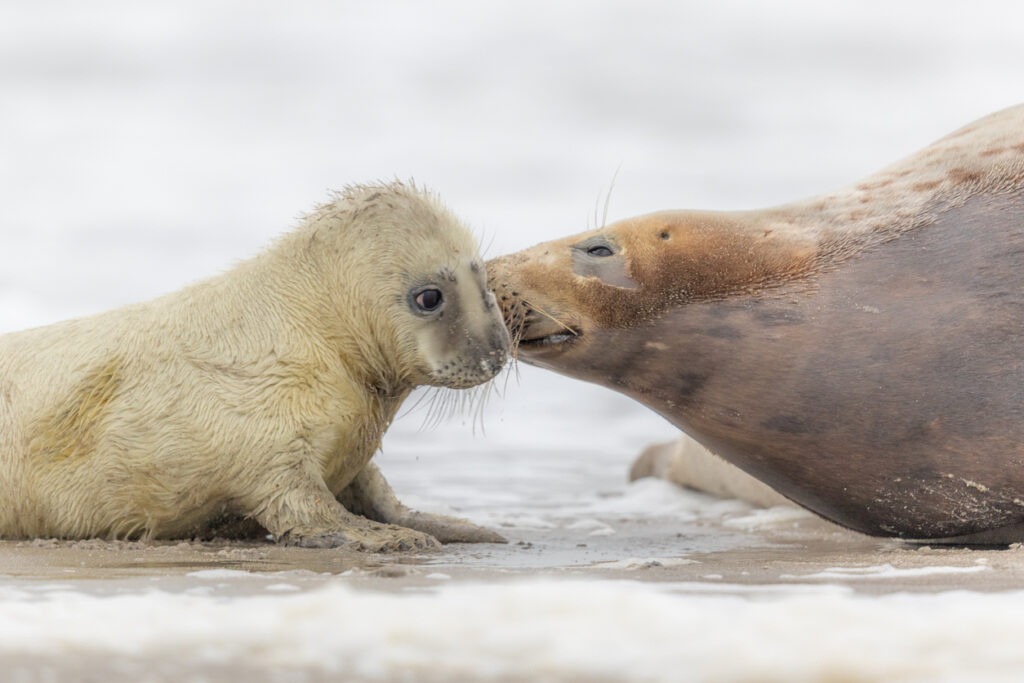
iStock
Harp seal mothers are known for their extreme hands-off parenting style. They nurse their pups for just 12 short days—one of the shortest nursing periods of any mammal—before abandoning them entirely. The pups are left alone on the icy terrain, unable to swim or hunt for themselves, and must figure things out quickly if they want to survive. The harsh environment doesn’t offer much of a safety net, either. Many pups don’t make it past this stage, falling prey to predators or starvation. It’s a cold world for baby harp seals—literally and figuratively.
4. Black Bears

iStock
When it comes to bad parenting, male black bears take the cake. Instead of protecting their cubs, male black bears sometimes become their biggest threat. These fathers have been known to kill their own offspring—and for a chilling reason. By eliminating the cubs, the male forces the female bear to enter estrus again, meaning she’ll be ready to mate sooner. It’s a ruthless tactic to pass on their genes as quickly as possible, but it comes at a deadly cost. Unfortunately, survival in the wild often prioritizes reproduction over nurturing behavior.
5. Rabbits
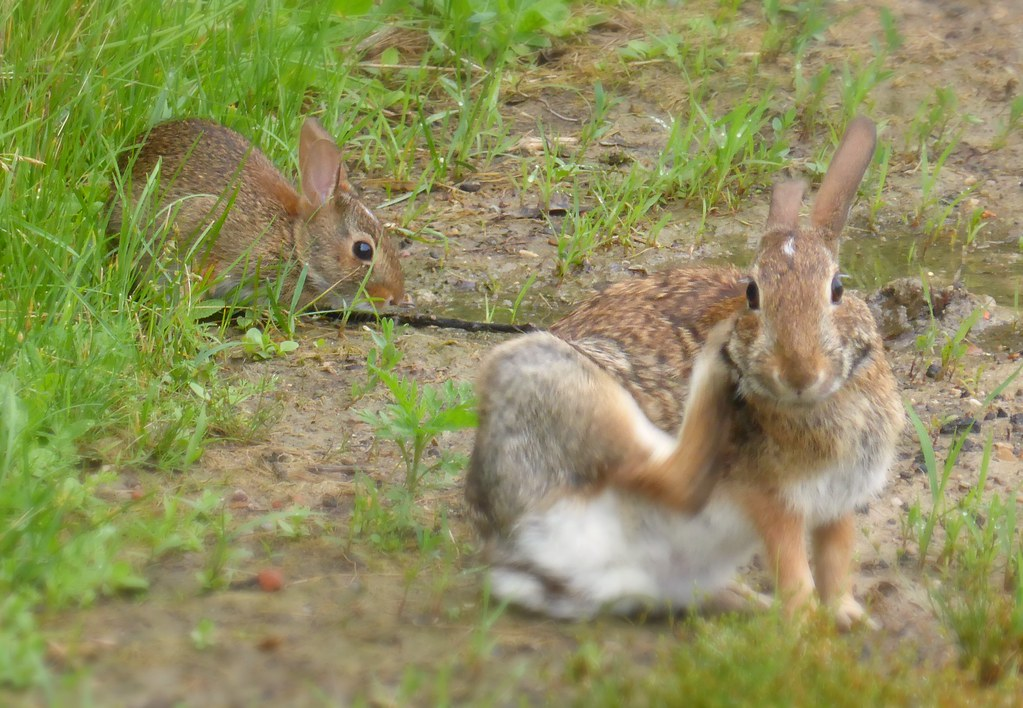
Flickr
Rabbits may look soft and cuddly, but they have some surprisingly distant parenting habits. After giving birth, a rabbit mom visits her babies only once or twice a day to nurse them. The rest of the time, she stays away from the nest to avoid drawing attention to it and attracting predators. While this strategy makes sense for survival, it does come off as neglectful. If stress levels are high, rabbit moms may even abandon their nest altogether. In the unforgiving wild, a rabbit’s aloof parenting style is all about protecting the group—but it’s a tough break for the babies.
6. Lions
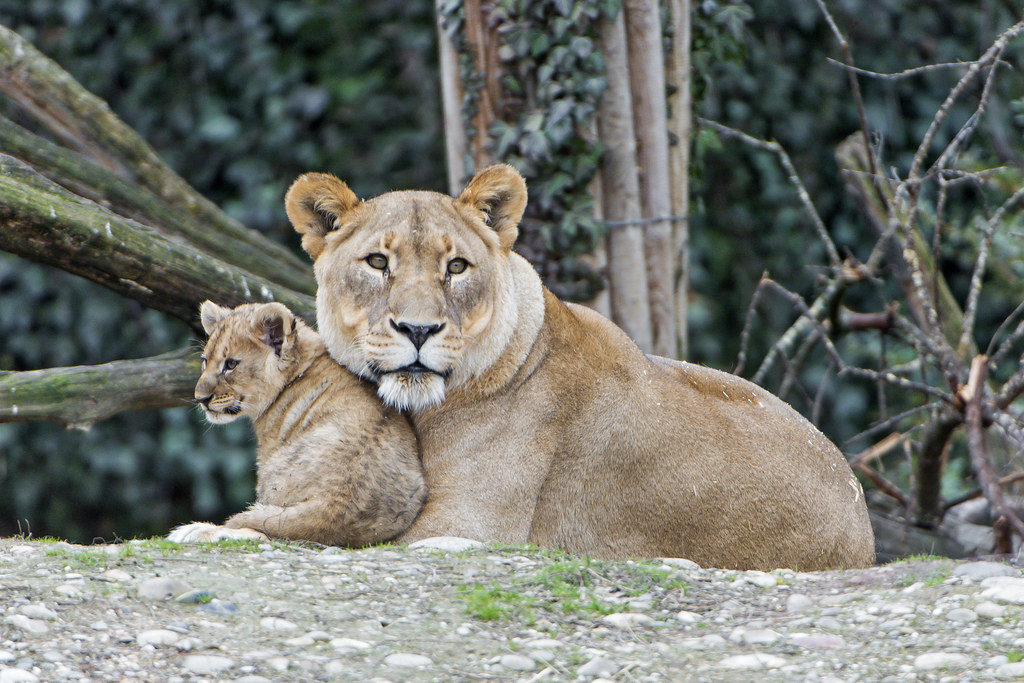
Flickr
Lions are often seen as majestic and noble creatures, but their family dynamics can be downright brutal. When a new male lion takes over a pride, he’ll kill all the cubs sired by the previous leader. It’s not random violence—it’s a calculated move to ensure the new male’s genes are passed on quickly. Without the cubs, the lionesses will enter estrus sooner and be ready to mate with the new leader. While this behavior makes sense in the grand scheme of survival and reproduction, it’s undeniably harsh for the cubs and their grieving mothers.
7. Hamsters

Wikimedia Commons
If you thought hamsters were sweet little pets, think again. Hamster moms can turn on their offspring in an instant. If a mother hamster feels stressed, overcrowded, or even senses a lack of food, she might resort to cannibalism and eat her own babies. It’s a gruesome survival strategy that helps the mother conserve energy and resources for future litters. Sometimes, she might also target the weaker or sickly pups to give the healthy ones a better chance at survival. It’s nature’s version of tough love… but it’s pretty horrifying to witness.
8. Sharks

Animalia
Sibling rivalry in sharks starts before birth—and it’s deadly. In some shark species, embryos develop teeth while still in the womb. The strongest embryos then prey on their smaller, weaker siblings, devouring them to gain strength and nutrients. This brutal behavior, known as intrauterine cannibalism, ensures that only the fittest baby sharks survive to be born. It’s survival of the fittest at its most primal, but it doesn’t paint a warm and fuzzy picture of shark parenting. Being born after eating your siblings? That’s a tough start to life.
9. House Sparrows

Animalia
House sparrows may seem like charming little birds, but their family dynamics are filled with drama. Male sparrows have been known to destroy their own mate’s eggs or chicks if they suspect she’s been unfaithful. It’s an extreme reaction to ensure they’re not investing time and energy raising someone else’s offspring. Once the eggs are gone, the female will often lay a new clutch, and the male sticks around to raise his chicks. It’s nature’s soap opera, complete with betrayal, revenge, and destruction—all in the name of survival.
10. Komodo Dragons

Flickr
Komodo dragon mothers don’t win any awards for maternal care. After laying her eggs, the mother will sometimes eat her own hatchlings if she comes across them later. To avoid this grisly fate, baby Komodo dragons develop a clever survival strategy: they climb trees to stay out of reach of their hungry mom and other predators. Life as a baby Komodo is tough—you’re not only at risk from other predators but also your own mother. Talk about having trust issues from an early age!
11. European Rabbits
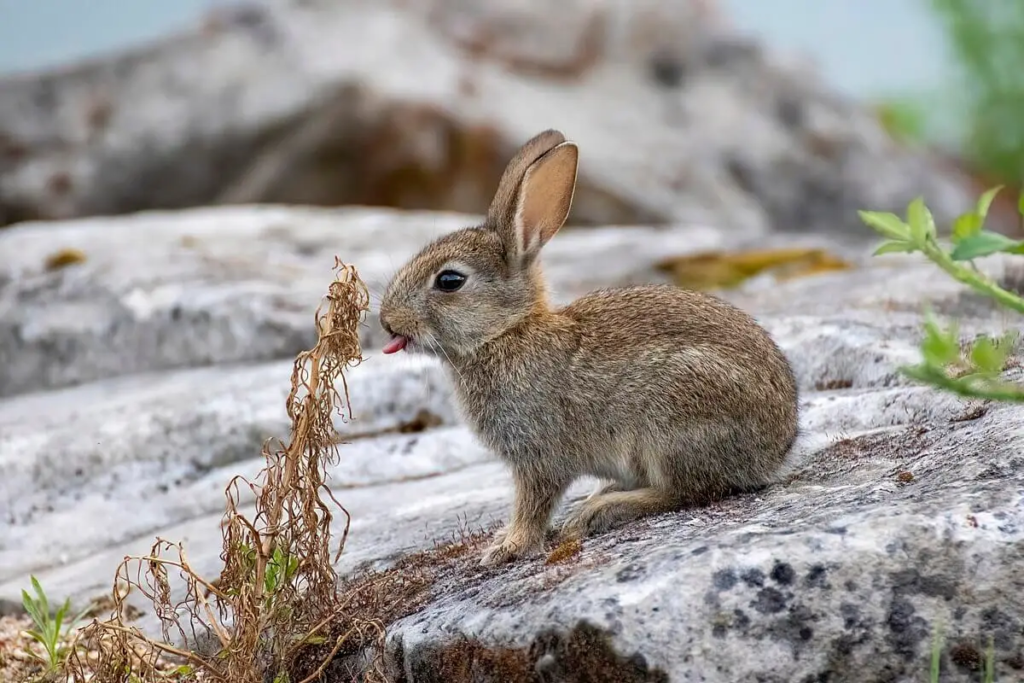
Animalia
European rabbits take distant parenting to another level. After giving birth, these mothers rarely interact with their babies and will only return to the nest briefly to nurse them. If the mother detects danger or feels stressed, she might abandon the nest entirely, leaving the babies to fend for themselves. It’s a harsh reality, but in the wild, avoiding predators often takes precedence over constant care. This survival strategy may seem cruel, but it’s designed to give at least some of the offspring a fighting chance.
12. Pandas

GoodFon
Pandas are undeniably adorable, but their parenting instincts are questionable at best. When a female panda gives birth to twins, she often chooses only one to raise. The mother will focus all her energy and care on the stronger cub, leaving the weaker sibling to fend for itself or perish. It may seem heartless, but in the wild, resources like food and energy are limited, and raising two cubs could mean losing them both. This tough choice ensures at least one baby has a shot at survival. Still, it’s hard not to feel bad for the neglected twin.
13. Abandoning Frogs
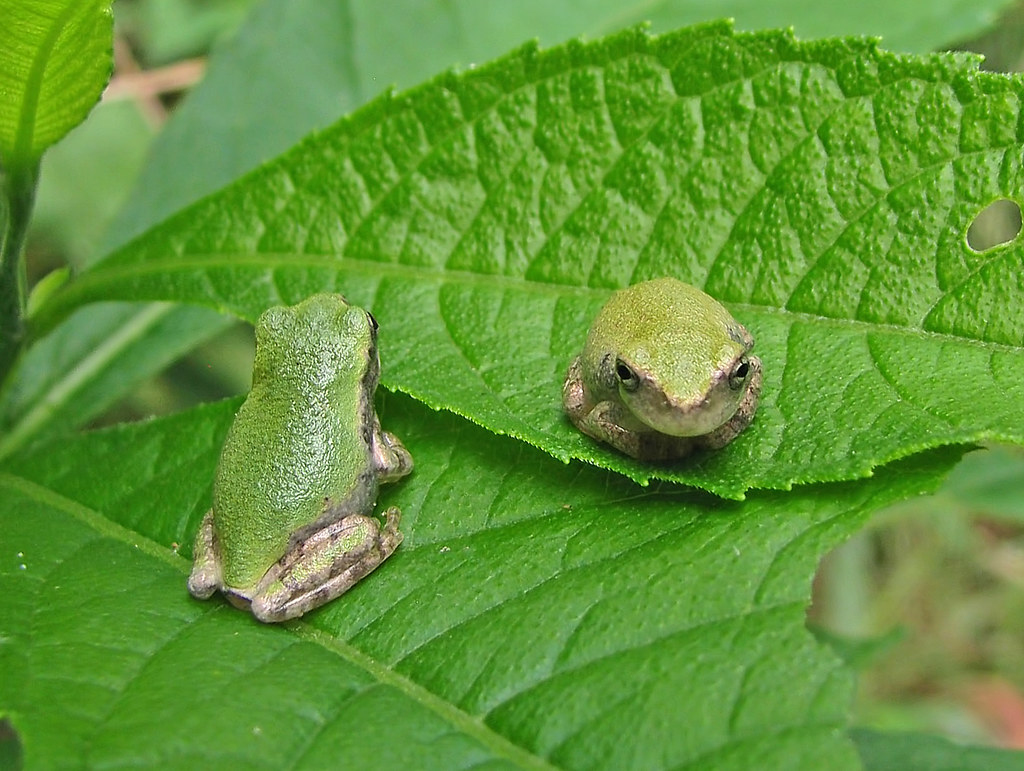
Flickr
Frog parenting is almost non-existent in many species. After laying their eggs in water, frog parents are completely out of the picture. There’s no nurturing, no protection, and no help—it’s up to the tadpoles to survive entirely on their own. This hands-off approach might seem harsh, but it works for frogs. By producing a large number of eggs, they increase the chances that at least some of their offspring will survive predators, disease, and environmental challenges. Still, it’s a tough start for a baby frog.
14. Eagles

Flickr
Eagles are often seen as symbols of strength and majesty, but life in their nests can be brutal. Eagle parents frequently turn a blind eye to siblicide, where the older, stronger chick kills its weaker sibling. This deadly sibling rivalry happens when food is scarce, as the stronger chick eliminates competition to ensure its own survival. While the parents continue to provide food, they don’t intervene—it’s nature’s way of ensuring the fittest chick thrives. For the younger chick, it’s a tragic end, but for the species, it’s an effective survival strategy.


